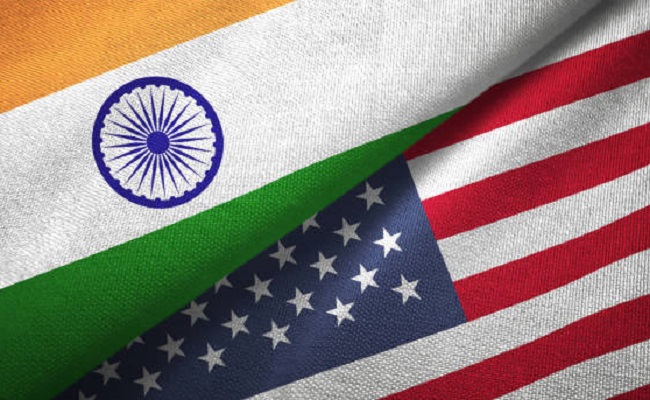
At first glance, the United States’ imposition of tariffs on Indian goods appears to be a setback for India. Many expected these measures to hurt Indian exports and weaken its economic position. However, the outcome has been quite different.
The USA is not India’s only major market and alternative trade partnerships have stepped in to fill the gap.
Russia, for instance, announced that products once intended for the American market could instead be exported there.
To strengthen ties further, Russia even offered India a 5% discount on its oil exports, ensuring cheaper energy imports and boosting India’s economic resilience.
Another unexpected development has been the improvement of relations between India and China. Both nations, sharing concerns about US tariff policies, have found common ground to cooperate and strategize.
Ironically, some observers joke that former President Donald Trump deserves a Nobel Prize for indirectly fostering peace and friendship between India and China, though clearly not by design.
What is clear is that India is steadily reducing its dependence on the US and reinforcing its economic autonomy.
This shift should worry Washington, as alienating two of the world’s most populous countries; India and China; could prove to be a strategic mistake.
Already, the US has seen setbacks in critical areas such as education and tourism, where declining international participation has weakened its markets.
While the American economy struggles with these losses, Asian giants are strengthening their positions and becoming more defiant of US pressure.
The tariff measures, meant to assert American dominance, are instead encouraging India and China to diversify, collaborate and explore alternatives to the dollar-driven system.
Moves toward “de-dollarization” gain momentum each time Washington pushes too hard, making it increasingly difficult for the US to maintain its global economic influence.
In this sense, the tariffs have unintentionally accelerated India’s growth story. By compelling India to seek new allies, strengthen trade partnerships and embrace economic self-reliance, the USA has effectively played a “self-goal.”
Rather than weakening India, American policy has contributed to making it more resilient, adaptable and strategically positioned for the future.
Raghunandan Acharya












